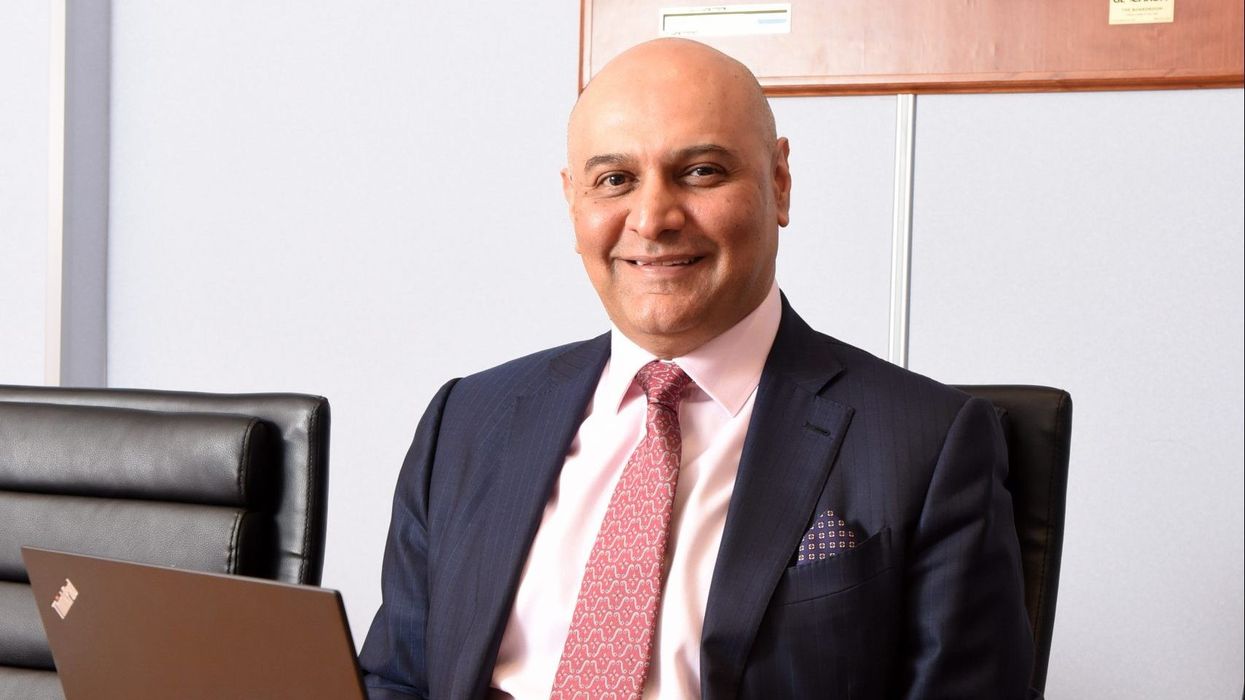MUSLIM pilgrims ascended Mount Arafat in Saudi Arabia on Monday (20) for the climax of the annual Hajj, which brings together more than two million people from around the world.
Worshippers scaled the rocky hill southeast of the holy city of Mecca for a day of prayers and repentance. Arms raised, pilgrims repeated “There is no God but Allah” and “Allahu Akbar” (God is greatest).
“It feels great,” said 37-year-old Pakistani Jai Saleem. “I have seen this area, since my childhood, in photographs and on television,” he added, saying that he cried when he and his wife arrived on Mount Arafat.
Some pilgrims pushed elderly relatives in wheelchairs on the second day of the Hajj, one of the world’s largest annual gatherings. Muslims believe Prophet Muhammad delivered his final sermon on Mount Arafat, where worshippers gather every year from across the globe to atone for their sins.
A hot wind blew across the hill, also known as Jabal al-Rahma (Mount of Mercy), and the surrounding plain after a downpour last Sunday (19). Many faithful could be seen sipping from bottles of water.
“We know that it’s a difficult task,” said Amna Khan, 35, an American Muslim pilgrim.
“That’s why we are all here. We’re doing this to get closer to Allah, to be absolved.”
After sunset, the pilgrims will leave for nearby Muzdalifah where they will gather pebbles to perform the symbolic “stoning of the devil”
The Hajj is one of the five pillars of Islam which every Muslim is required to complete at least once in their lifetime if they are healthy enough and have the means to do so.
Muslims on Tuesday (21) observe the first day of Eid al-Adha, or Feast of Sacrifice, which marks the end of the Hajj.
They traditionally slaughter sheep to celebrate the three-day festival as a tribute to the prophet Abraham’s sacrifice of a lamb after his son Ishmael was spared by God.













Muslims mark Eid as Hajj ends on Mount Arafat